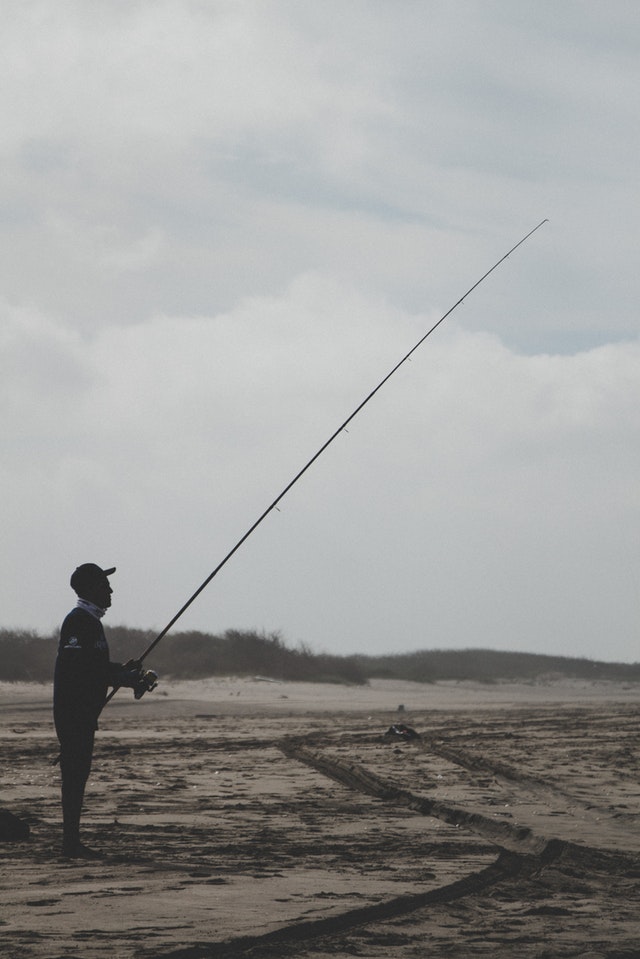Dock fishing to throw or not to throw.!!!!???
Dock fishing to throw or not to throw.!!!!???
Regardless of what kind of dock your angling for, regularly that there is no compelling reason to throw by all means-angle are constantly pulled into structures of any kind and chances are the fish will be directly under your end of the bar.
Due to a stilted wharf, the tide will have ripped despondencies around heaps of docks that have enrolled in a crevice that flows on each side of the wharf along its entire length. Moreover, it is here that a large part of the food particles goes up, pulling in crabs, throwing, shrimps frowns and other small baits-all of unmistakable fascination for conger, bass, codling and flatfishes that take the live setting to exploit this pantry all around provided.


So despite the fact that the finish of the wharf will be angle well on occasion, you will probably improve the fishing in the ravine most of the way along it.
A jetted fishing platform for the ravine whatever the sting you use-and the crab peeler, mussels and worm traps are probably going to be the best-the fish hopes to think that its comfortable base of the crevasse, and it would be wise not to baffle them. The best device is an altered paternoster. The weight must be connected on a deteriorated basis, with continuous follow-up in the annex (by a circle of droppers or a captured globule pin) a short separation above. This should be about 3ft to pi long and not be lighter than the primary spool line.
Obviously, you may know about a molded bed or a patch of acquired things started inside to throw the wharf's reach, and trust that your best shots are spoken there. Assuming this is the case, you should need to remember that when you throw from a heap-based dock-which obviously allows the water to move through it-it is constantly better to angle the side that is looking in the tide approaching. So the brook will help keep your terminal handle on the ocean bed, instead of tending to lift it. This may mean using a spiked prompt to thwart down tide's ride, much like you would in the great book of a personal watercraft.
Most fishermen will choose standard beach casting tackle-a 12ft to 15ft pole, a set reel or multiplier reel stacked with 12lb to 30lb mono line, and an advance of 4oz to 6oz and the angle may have a snare couple fix the seabed. In perspective of the number of people around, all should use a stun pioneer.
As a reliable guideline, the bursting strain of the pioneer stun should be ten times the heaviness of lead in pounds, in case you understand. That is, for a weight 4oz use a 50lb stun pioneer, for a weight 6oz use a 70lb stun pioneer et cetera.
Also, here's a tip the stun pioneer should be longer than common with the goal that when you lift a fish vertically up the dock, there are now a couple of rounds of the heavier line on the reel.
You won't need a stun pioneer for fishing at the gliding line obviously, however in the mid-months of mid-year it will be a famous wharf fishing procedure for mackerel, gar and low school in particular.
Sting your snare with a common trap, a little cut from the flanks of a new mackerel or a short portion of squid. Baitcasting and shooting techniques do not lend themselves quickly to dock fishing-you are only too far on the water to display the draw in a convincing manner.
If you enjoy this article please share on Facebook, Twitter, Youtube, G+ so others can read it too. LIKE | COMMENT | SHARE | SUBSCRIBE










No comments
Help Us to improve our web by comments and suggestions.